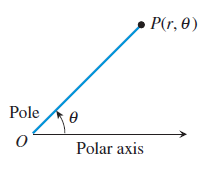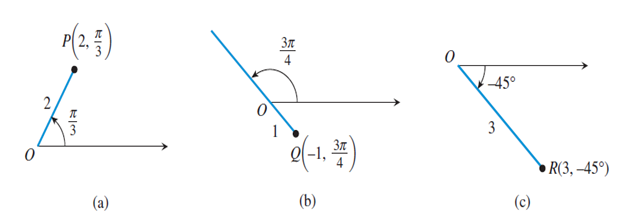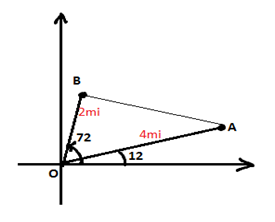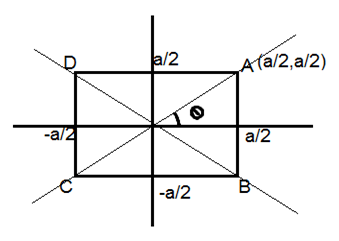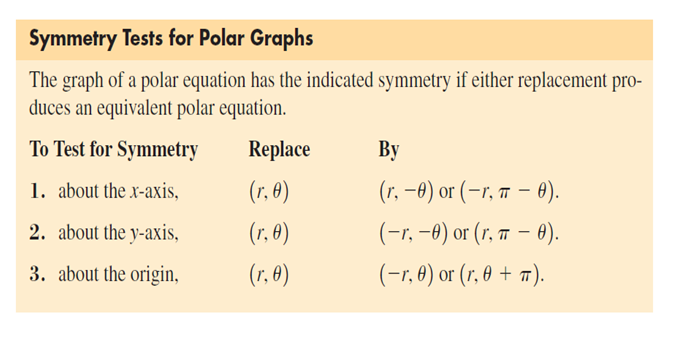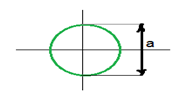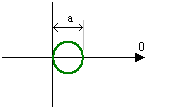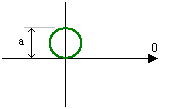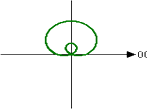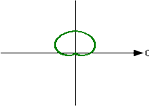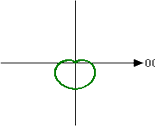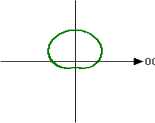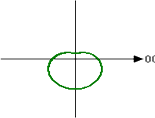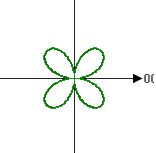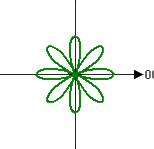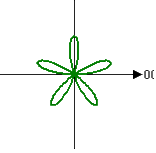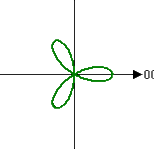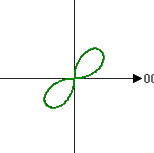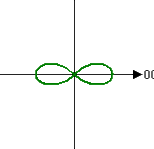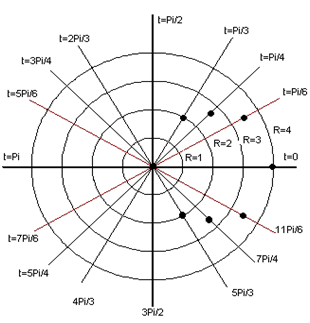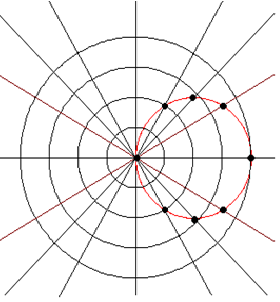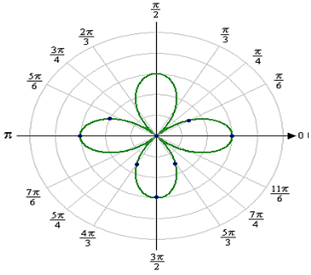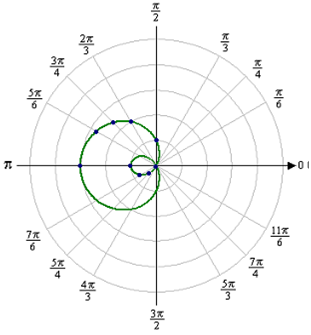First order Linear Differential Equations
What is first order Linear differential Equation?
A differential equation is linear if the dependent variable ‘y’ and its derivative appear only in first degree. The general form of a linear differential equation of first order is,
Where P and Q are functions of x(or constants).
For example,
are linear differential equations.
How to solve linear differential equations?
This type of differential equations are solved when they are multiplied by a factor, called integration factor because by multiplication of this factor the left hand side becomes exact differential of some function.
Integrating factor is given as,
Its solution is written as,
Following examples illustrates the procedure.
Example1:Solve the following Linear differential equation.
Solution:
here P= -1/x and Q=2x^2
Plugin these values into the formula
Example2: Solve the following initial value problem
Solution: This is a linear differential equation where,
Integrating factor
Using formula,
Using initial condition y(0)=0
0(0+1)=tan^-1(0)+C
0=C
Differential Equations reducible to linear form:
Some differential equations are not separable or linear but they can be transformed to linear form after a suitable substitution. Here is an example.
Example3 : Solve the following differential equation.
Solution: This equation seems complex to solve but after reducing it would be an easy linear differential equation.
Let u=e^2y
Using this we get the original differential equation transformed to
rewriting this as general form of linear differential equation
Plugin these values into the formula
Plugin back u as e^2y
When y is independent variable instead of x.
Example4:Solve the following differential equation.
Solution:
here P=-1/y and Q= 2y
Plugin these values into the formula
x=y(2y+C)
Example5:A tank initially contains 100 gal of water in which is dissolved 2 lb of salt. Salt-water solution containing 1 lb of salt for every 4 gal of solution enters the tank at a rate of 5 gal per minute. Solution leaves the tank at the same rate, allowing for a constant
solution volume in the tank.
a)Use an analytic method to determine the eventual salt content in the tank.
b) Find the concentration of salt when t —>∞. Check and see how reasonable is your answer.
Solution: The key idea to solve this kind of differential equations is that ‘The rate of change of salt concentration in a tank is equal to the rate at which salt enters the tank minus the rate at which salt leaves the tank’.
let x(t) represents the pounds of salt present in the tank at time t.
Then dx/dt= rate in- rate out
Rate in:
Concentration of the solution entering the tank=(1/4) lb/gal
Rate at which solution is entering = 5 gal/min
Rate at which salt enters the tank = 1/4 *5 = (5/4) lb/min
Rate out :
Assuming perfect mixing, the concentration of salt in the solution is found by dividing the amount of salt by the volume of solution.
so the concentration of solution leaving the tank = (x/100) lb/gal
Rate at which solution is leaving = 5 gal/min
Rate at which salt leaves the tank= (x/100)*5= 5x/100 =x/20 lb/min
Initially there is 2 lb of salt present in the tank so x(0)=2 lb
So differential equation can be modeled as,
here P= 1/20 , Q=5/4
Plugin the values into the formula
Using initial condition x(0)=2, we get
C=-23
b) Concentration of salt at any time t is given as,
c(t)= x(t)/100
Eventual concentration can be found as,
lb/gal
This answer is quite reasonable as the concentration of solution entering the tank is same 0.25 lb/gal
Practice problems:
Solve the following linear differential equations\
1.
2.
3. Hint : u=y^2
4.
5. A tank contains 100 gal of pure water. At time zero, sugar-water solution containing 0.2 lb of sugar per gal enters the tank at a rate of 3 gal per minute. Simultaneously, a drain is opened at the bottom of the tank allowing sugar-solution to leave the tank at
3 gal per minute. Assume that the solution in the tank is kept perfectly mixed at all times. Find the amount of sugar present in the tank at time t.
Answers:


